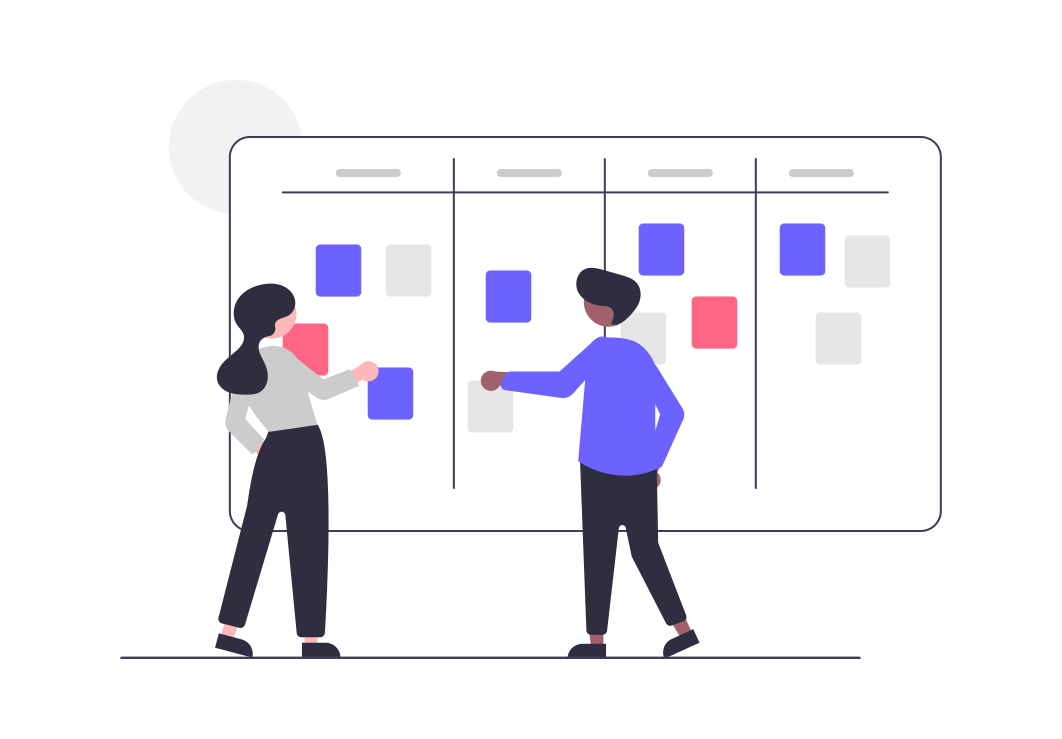In the digital age, personalization has become a cornerstone of effective online engagement. Tailoring your website to meet the specific needs and preferences of individual users not only enhances their experience but also boosts conversions and customer loyalty. This blog delves into advanced techniques for personalizing user experiences on your website, focusing on innovative strategies that drive meaningful interactions.
Understanding User Data
Effective personalization begins with understanding your users. Collect and analyze data from various sources such as:
- Behavioral Data: Track user interactions, clicks, and navigation paths.
- Demographic Data: Gather information on age, gender, location, etc.
- Psychographic Data: Understand user interests, values, and lifestyle.
Using this data, create detailed user personas that represent your target audience segments. This foundational step ensures that your personalization efforts are accurately targeted.
Dynamic Content Personalization
Dynamic content personalization involves displaying different content to different users based on their behavior, preferences, and profile data. Key strategies include:
- Personalized Homepages: Customize homepage content based on the user's previous interactions and preferences.
- Tailored Product Recommendations: Use algorithms to suggest products or services that match user interests and browsing history.
- Adaptive Landing Pages: Design landing pages that change content dynamically to match the user’s search intent or referral source.
Leveraging Machine Learning
Machine learning algorithms can significantly enhance personalization efforts by continuously learning from user data and interactions. Implement machine learning to:
- Predict User Preferences: Use predictive analytics to anticipate user needs and present relevant content.
- Optimize User Journeys: Analyze patterns to create seamless and intuitive navigation paths tailored to individual users.
- Automate Content Recommendations: Continuously refine and update recommendations to maintain relevance and engagement.
Personalization through AI Chatbots
AI chatbots are powerful tools for providing personalized user experiences in real-time. They can:
- Assist in Navigation: Guide users to the most relevant sections of your website based on their queries.
- Provide Personalized Support: Offer instant, context-aware assistance by accessing user data and previous interactions.
- Engage Proactively: Initiate conversations based on user behavior, such as spending a certain amount of time on a page or abandoning a cart.
Contextual Personalization
Contextual personalization involves adapting content based on the user’s current context, such as location, device, time of day, or weather. Techniques include:
- Geo-targeted Content: Display location-specific offers, events, or news.
- Device-based Customization: Optimize content layout and functionality for the device being used (desktop, mobile, tablet).
- Temporal Personalization: Tailor content based on the time of day or season, such as promoting summer products in warmer months.
Utilizing Behavioral Triggers
Behavioral triggers respond to specific user actions, creating timely and relevant interactions. Implement behavioral triggers to:
- Send Abandoned Cart Reminders: Remind users of items left in their cart with personalized emails or notifications.
- Offer Exit Intent Pop-ups: Display targeted offers or messages when a user is about to leave the site.
- Encourage User Engagement: Prompt users to take action based on their behavior, such as offering discounts for returning visitors or loyalty rewards.
Content Customization with AI Editors
AI-powered visual editors, such as those offered by Abmatic AI, simplify the process of content customization. Benefits include:
- Ease of Use: Drag-and-drop interfaces that require no coding skills.
- Smart Suggestions: AI-driven recommendations for headlines, images, and content elements.
- Real-time Editing: Instant updates and previews to ensure optimal presentation.
Continuous Personalization Optimization
Personalization is an ongoing process that requires continuous optimization. Key practices include:
- A/B Testing: Regularly test different personalization strategies to determine what works best.
- User Feedback: Collect and analyze user feedback to refine personalization efforts.
- Performance Monitoring: Use analytics tools to track the effectiveness of personalization and make data-driven adjustments.
Conclusion
Advanced personalization techniques can transform your website into a highly engaging and user-centric platform. By leveraging user data, dynamic content, machine learning, AI chatbots, contextual triggers, and continuous optimization, you can create meaningful and personalized experiences that drive user satisfaction and business success. Embrace these strategies to stay ahead in the competitive digital landscape and foster deeper connections with your audience.


